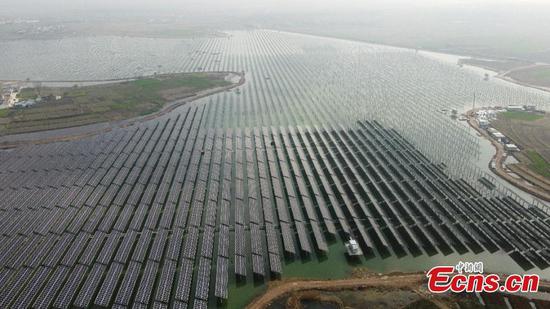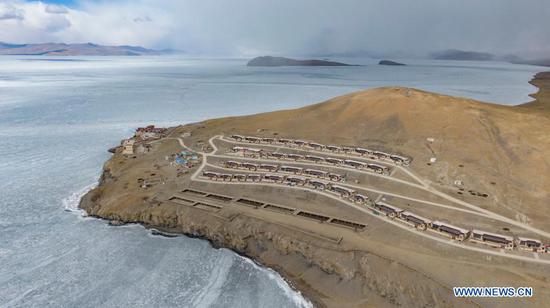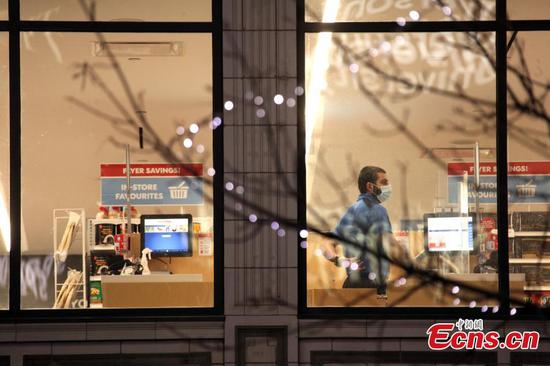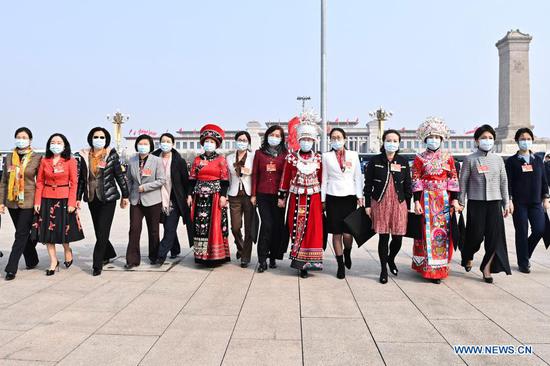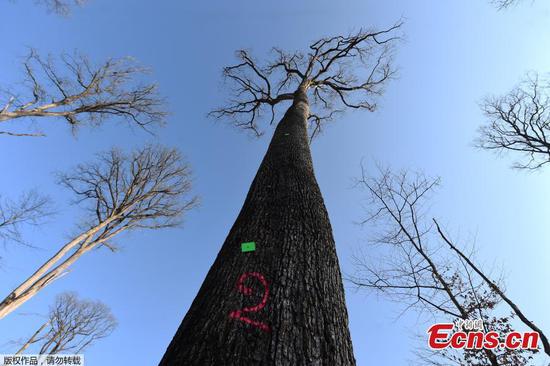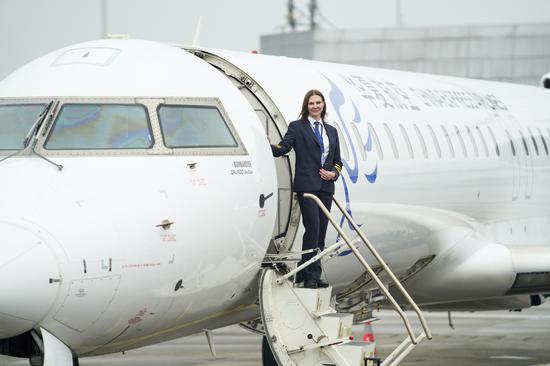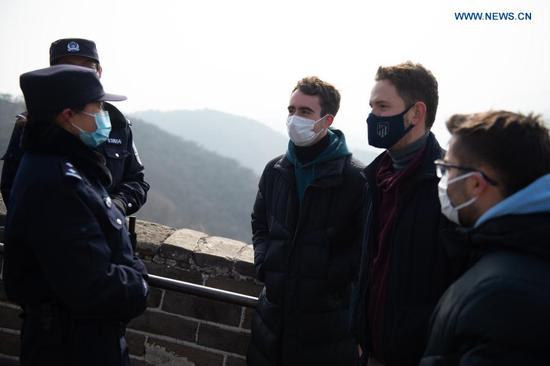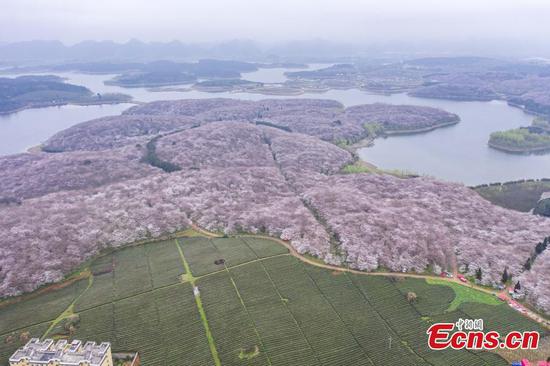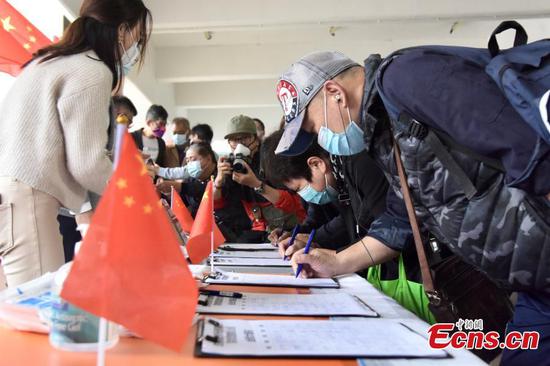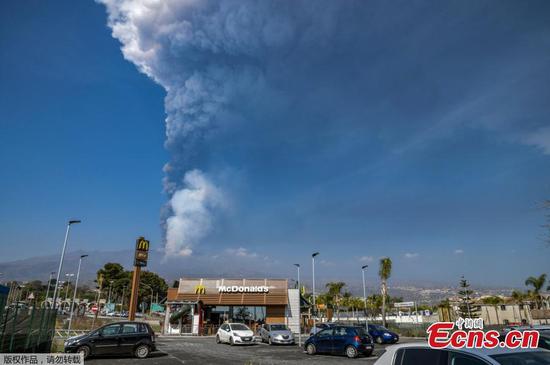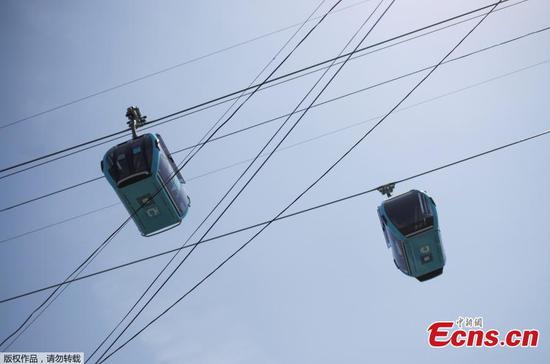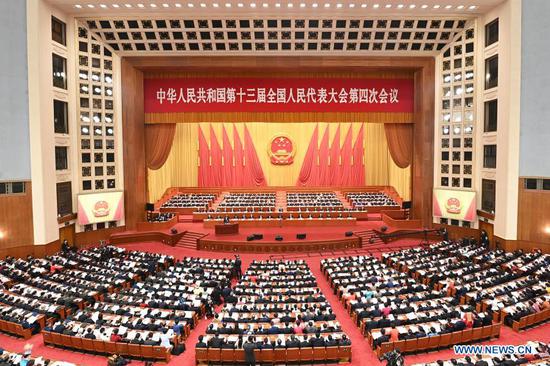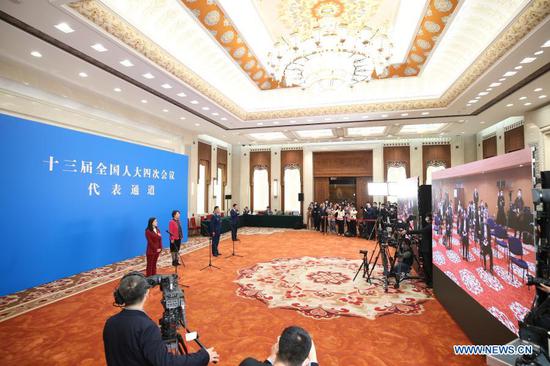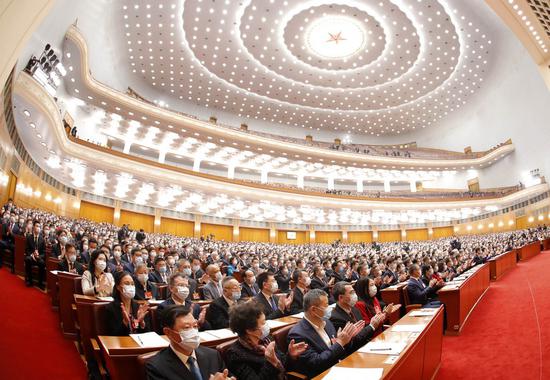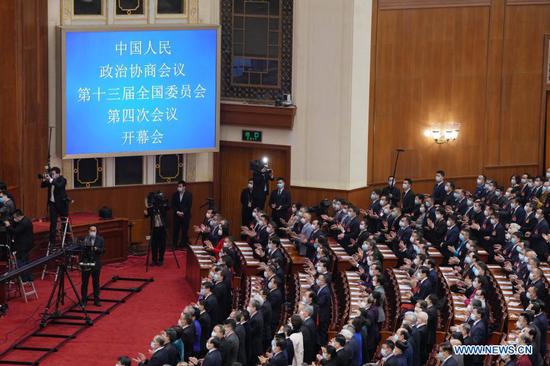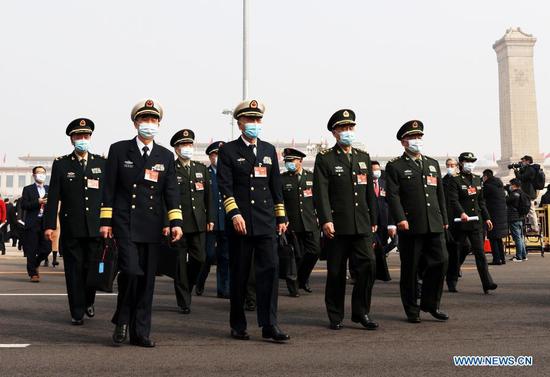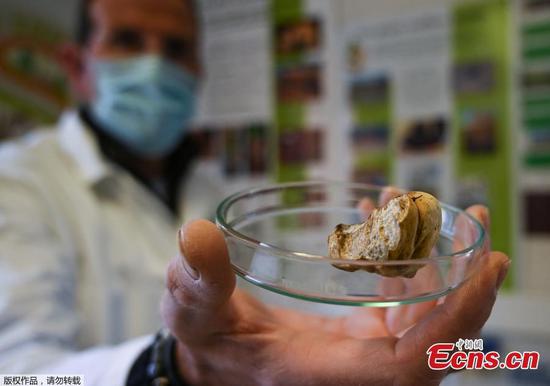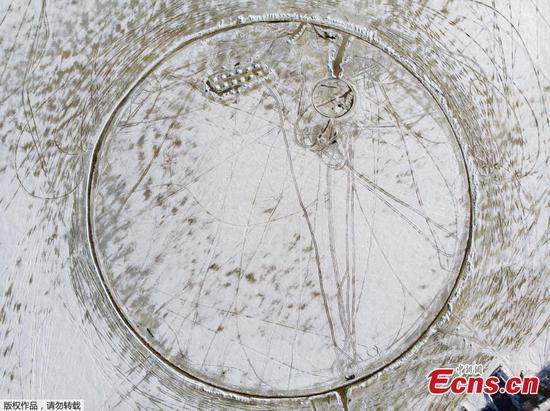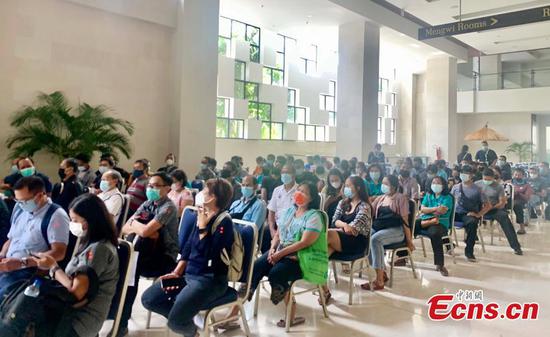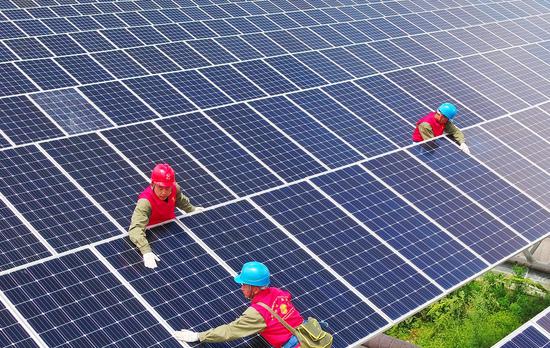
State Grid employees check solar power panels in the Tibet autonomous region. (Photo provided to China Daily/Song Weixing)
Chinese authorities should tailor-make air quality goals for different cities based on their natural meteorological conditions instead of ranking them by a unified standard, Zhang Xingying, a member of the 13th National Committee of the Chinese People's Political Consultative Conference, proposed during the ongoing two sessions.
The national standard is harder to meet for any city that has a lower capacity to purify its air due to factors such as geography and climate, said Zhang, also a senior researcher at the National Satellite Meteorological Center. To meet the goal, these cities may have to cut their emissions and production, thus hindering economic growth, he said.
"The current policy aims to guarantee overall environmental equity, under which everyone across the country enjoys good air quality at nearly the same standard. However, it affects equity, economically speaking," he said.
For example, Shanghai, a coastal city with a larger capacity to mitigate pollution, can discharge six times as much emissions as Chengdu, a basin city in Sichuan Province, if they are judged by the same standard of air quality, Zhang said.
Due to ever-changing meteorological and climate characteristics, that capacity varies at different times. In general, atmospheric conditions in areas with richer natural endowments-such as trees, water or wind-tend to have greater self-purifying capacity.
"Shutting down factories for cleaner air may affect GDP performance in inland cities that mainly depend on industrial production. Therefore, in less developed areas with lower air-purifying capacity, authorities should not set an air quality goal beyond their capacity," he said.
According to a 2018 paper by lecturers with the Nanjing University of Information Science and Technology, places with greater self-purifying capacity were found in East and South China, such as Guangdong and Fujian provinces and the city of Shanghai. Areas in the north and west, including the Sichuan and Hebei provinces, as well as Beijing, did not.
Zhang said that while ensuring enough days with good air quality, goals can be more flexible. "For instance, poor areas with fewer atmospheric environmental resources can have a less strict PM2.5 assessment indicator and vice versa," he said.
He said he made the proposal as air pollution had declined consistently in China and it is increasingly difficult to cut emissions further, which demands additional measures be done in a more scientific way.










